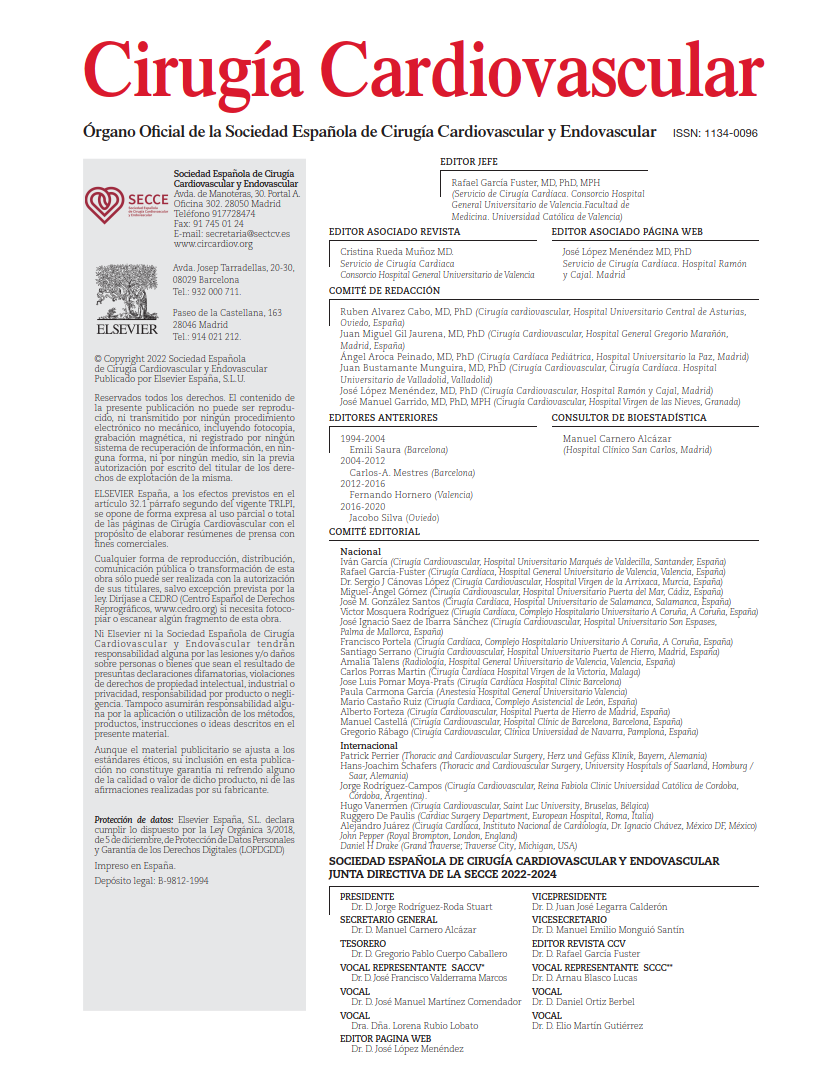For much of its history, cardiac surgery—and surgical care in general—has relied predominantly on observational evidence, often shaped more by pathophysiological reasoning than by robust trial data. The inherent variability in surgical technique and perioperative care, the multifactorial nature of surgical outcomes, and the logistical challenges of isolating a single intervention have long hindered the development of randomized clinical trials (RCTs) in this field. Unlike pharmacological interventions, where RCTs are well established, designing trials that yield reliable data in surgery is substantially more complex. This article aims to clearly delineate the reasons behind the relative paucity of RCTs in cardiac surgery and outlines current initiatives aimed at reversing that trend.
Gaudino et al. offer an expert review on the role of RCTs in cardiac surgery, asserting their indispensable value in comparative effectiveness research. They emphasize that RCTs provide unbiased estimates of treatment effects, a particularly critical attribute in cardiac surgery where treatment indication bias is difficult to adjust for statistically. The authors also highlight how competition from pharmacological and interventional alternatives necessitates precise evidence to support surgical indications.
The article comprehensively details the barriers that limit the adoption of RCTs in this specialty. In a tone of candid self-assessment, the authors point to the limited training in epidemiology and statistics among surgeons as a major obstacle. Additional factors include ethical concerns surrounding randomization in life-threatening conditions and the persistent lack of both public and private funding. Notably, the authors openly acknowledge the limited interest of the biomedical industry in funding trials that compare established techniques with no direct commercial payoff.
To illustrate how these barriers might be overcome, the article reviews the success of collaborative efforts such as the Cardiothoracic Surgical Trials Network (CTSN), which has developed impactful research agendas and conducted multicenter trials that have shaped clinical guidelines. It also highlights the ROMA Network (Randomized Comparison of the Clinical Outcomes of Single vs. Multiple Arterial Grafts), which has leveraged its trial infrastructure to accelerate new studies, reduce costs, and enhance methodological rigor.
Finally, the article discusses initiatives such as the Global Cardiovascular Research Funders Forum (GCRFF) and the UK model, which promote multinational collaboration, shared prioritization of research questions, and the inclusion of patients and professionals in shaping research agendas. The authors conclude that, although significant challenges persist, strengthening collaborative networks and securing greater engagement from professional societies and funding bodies are critical steps toward building a stronger and more uniform evidence base in cardiac surgery.
COMMENTARY:
This article succeeds in its primary objective: offering a well-structured, transparent overview of why cardiac surgery has lagged behind other disciplines—especially cardiology—in adopting randomized trials, and what is being done to address the gap. It combines theoretical rationale with a clear assessment of existing barriers and showcases successful models.
One of its greatest strengths is to emphasize that the current scarcity of high-level evidence is not due to a lack of scientific interest, but rather to structural, economic, and cultural challenges intrinsic to surgical practice. The focus on indication bias—especially hard to overcome in surgery—and the ethical tension introduced by randomization in the context of a trusted surgeon–patient relationship are especially insightful. Surgeons often feel a moral duty to offer what they perceive as the best option for each patient, even when this conflicts with the needs of scientific advancement.
The review also has practical value, presenting concrete examples such as CTSN and ROMA that have succeeded not only in patient recruitment but also in producing practice-changing evidence. The endorsement of multinational funding models and collaborative trial design, as seen with GCRFF, is particularly compelling as a strategy to overcome fragmentation and redundancy.
However, the text could have explored in greater depth some additional critical nuances. For instance, it mentions external influences on trial design but does not elaborate on how methodological independence can be safeguarded—an issue especially relevant in industry-sponsored trials, whose neutrality has been repeatedly questioned on this blog.
Likewise, it only briefly touches on the persistent logistical and regulatory limitations, even within established trial networks, and does not sufficiently explore the potential resistance of certain healthcare systems to adopting international standards.
Overall, this is a highly recommended read for cardiac surgeons and clinical research leaders. It offers both a lucid critique and a set of constructive proposals. It makes clear that the challenge is not just methodological, but also cultural and organizational. Overcoming it will require time, resources, and—above all—a sustained commitment from the entire surgical community.
REFERENCE:
Gaudino M, Siepe M, Murphy GJ, Williams B, Sandner S, Gregg AC, Moskowitz AJ, Falk V, et al. Randomized Trials in Cardiac Surgery: Why and How. Eur J Cardiothorac Surg. 2025 Jun 3;67(6):ezaf164. doi: 10.1093/ejcts/ezaf164.



